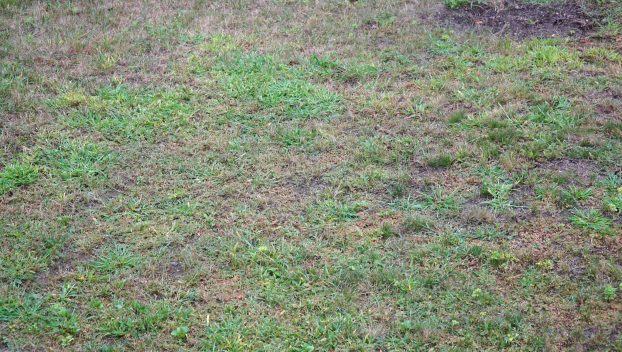
Lifestyles
Home & Garden Spot: Lawn burweed control
While winter brings holidays and many times of happiness, it also brings with it one of the biggest ... Read more

While winter brings holidays and many times of happiness, it also brings with it one of the biggest ... Read more